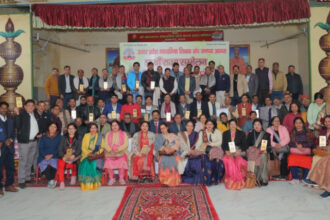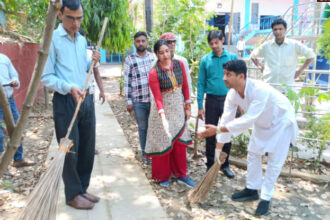Demography, Identity, and the Lessons of Survival
On 14 July 2016, the French city of Nice lit up with fireworks celebrating Bastille Day. Families gathered on the promenade, laughter and music filled the night. Then, in an instant, terror arrived- a truck ploughed through the crowd, mowing down 84 innocents. Europe watched in horror, yet for those who had lived through the decade of “open borders” and unchecked migration, it was another dark reminder of what their leaders had chosen to ignore.
Over the past two decades, Europe has been reshaped not just by terror attacks but by slow, creeping demographic change. Entire neighborhoods in London, Paris, and Stockholm have morphed into parallel societies- separate cultures, separate schools, separate laws. What was once paraded as “multiculturalism” has collapsed under the weight of no-go zones, grooming gangs, and riots.
And yet, amidst this churn, one nation stood almost untouched: Poland.
Poland’s Defiance
While Germany and France opened their borders to waves of migrants, Poland refused. The European Union pressed hard-migration quotas, court rulings, threats of fines. Human rights lobbies branded Poland racist, xenophobic, even medieval. But Warsaw was unmoved. Its leaders said clearly: “Not one illegal migrant will enter.”
Poland’s reasoning was blunt:
-
Security: terror must not find a foothold.
-
Identity: Poland is Europe’s Catholic bastion.
-
Sovereignty: Brussels may dictate rules, but Warsaw decides its borders.
This was not political posturing. It was civilizational instinct- an instinct shaped by centuries of struggle. Poland had faced Ottomans, Nazis, and Soviets. Its state had disappeared for 123 years, yet the nation survived through language, faith, and memory. That survival was not accidental; it was willed.
Britain admitted in 2011 that multiculturalism had failed. France conceded the same. Germany, after years of “guest worker” policies, is now grappling with ghettoized suburbs and rising radicalism.
Poland, by contrast, kept its Muslem population below 0.1%. While Paris reeled under terror, while Sweden burned in riots, Warsaw slept safely. The message was not subtle: demography determines destiny.
Bharat at the Crossroads
The question, then, is uncomfortable but unavoidable: Can Bharat do what Poland did?
Bharat faces a demographic challenge no less dangerous. From the creeping influx of Bangladeshi migrants into Assam, Bengal, and Delhi, to the quiet settlement of Rohingyas in pockets across the country, the slow erosion is real. Vote-bank politics has turned this issue into a weapon: leaders who resist infiltration are branded communal, while those who appease it harvest ballots.
Laws exist- the NRC in Assam, the Citizenship Amendment Act, but enforcement falters under political hesitation. Here lies the key difference with Poland: Warsaw did not allow elite hand-wringing to override civilizational instinct. In Bharat, too often, the state bows to “secular optics.”
Who Integrates, Who Alters?
Poland’s case also highlights a subtlety. It did not reject all migrants. When war drove Ukrainians westward, Poland absorbed them in large numbers. Ukrainians shared history, faith, and cultural overlap. Within years, most were working, paying taxes, contributing to the GDP.
But Poland drew a hard line at Isl@mic migrants, whom it saw as resistant to assimilation and carriers of parallel social structures. The distinction is crucial: this was not xenophobia; it was a judgment about compatibility.
Bharat must ask the same question. The issue is not compassion versus cruelty. The issue is: who blends, and who seeks to reshape? A nation that ignores this difference gambles with its identity.
The Sanatan Spine
Poland called itself the Bulwark of Christendom. It built its politics on the conviction that without Catholicism, there is no Poland. Bharat, by contrast, has been taught to deny its Sanatan spine. The narrative of “neutral dharmshala” has hollowed out the civilizational confidence needed to make hard choices.
Without unapologetic ownership of Sanatan Dharma as Bharat’s foundation, demographic vigilance becomes impossible. What Poland saw as “survival,” Indian elites dismiss as “majoritarianism.” Yet history is unforgiving to nations that confuse weakness for virtue.
The moral is blunt: Demography is destiny. Europe ignored the storm until trucks rammed through its festivals. Poland read the clouds early and closed its doors.
Bharat still has time to enforce its borders, resist infiltration, and affirm its Sanatan identity. The strength lies within us, our civilizational memory, our cultural resilience, our democratic mandate.
If Bharat chooses clarity over confusion, courage over appeasement, then the map of 2050 will not just say “India.” It will shine as Bharat- secure, united, and Sanatan at its core




